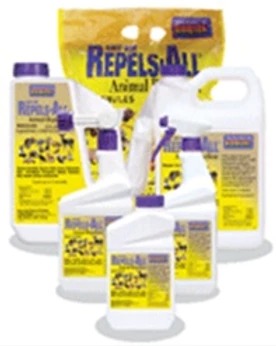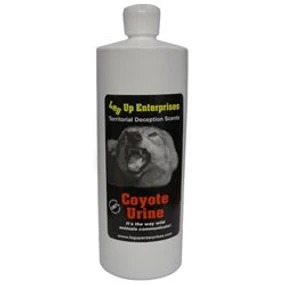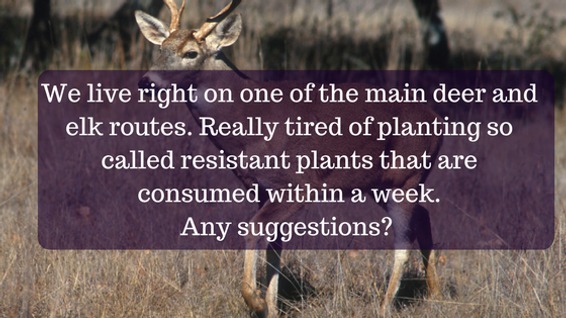
Oh deer! High Country gardeners are locked in a never-ending battle against the deer, elk and other woodland critters who like to make a meal of your favorite plants. As you know, there is unfortunately on such thing as a “deer proof” plant. “Deer resistant” plants are those that are generally not eaten by wildlife. They tend to be things that are spiny, smelly, weirdly textured or straight up poisonous. But a hungry deer doesn’t mind chowing down on just about anything and plants that might be avoided in a less populated area still might be gobbled up in an area with higher deer traffic.
But there are some other things you can do to ward off deer. Here are a couple of other repellent strategies.
Fencing
According to the CSU Extension Office, “Adequate fencing to exclude deer is the only sure way to control deer damage.” But a conventional 8 feet high deer-proof fence made of woven wire may not always be practical. You can also use Deer Block netting or wire fencing to cordon off certain parts of the yard for especially tender plants. Many gardeners at higher altitudes surround newly planted trees with wire fencing to protect them during the vulnerable first few seasons.
Repellant
There are many kinds of animal repellents on the market, but they all work pretty much the same way, producing a harmless sensation that animals dislike and try to avoid. There are smell repellents like predator urine or blood meal, taste repellents like castor oil or touch repellents like hot pepper spray. CSU Extension recommends using repellents that use capsaicin (pepper extract), castor oil, ammonium salts, predator urine, chicken egg repellents or some combination thereof.
One repellent with which a lot of our customers have reported having success is Bonide’s Repels-All. It combines both smell and touch repellents that are effective on a wide range of animals, from rabbits to deer to squirrels. It contains garlic, clove, castor oil, onion, wintergreen and a lovely little ingredient called Putrescent Whole Egg Solids. Yum! But don’t worry. Repels-All dries odorless to humans.

Another repellent that can be highly effective is predator urine, particularly coyote urine. A CSU study found coyote urine to be “highly effective” on repelling deer and elk. And, yes, it’s the genuine article. 100% coyote pee in a bottle. And, in case you were wondering, the urine is “naturally collected from domestically raised animals on farms.” And you thought your job was tough!
Often a combination of repellent and exclusion strategies – deer resistant plants treated with a repellent, for example – can help increase the chances of success. Remember that animals will quickly adapt and become accustomed to new stimuli. Try to keep them off kilter by combining different strategies and changing things up. With a little creativity and presistence, you can presuade the deer to disappear for good. Or at least move on to your neighbors’ yard.

